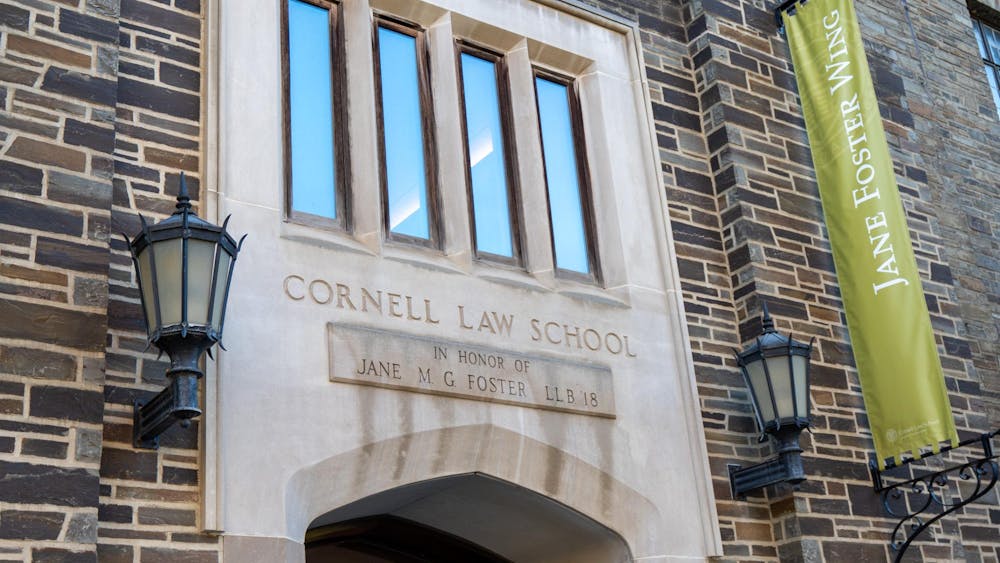Nearly 18 months after Hurricane Katrina destroyed lives and property throughout the Gulf Coast, a group of students and faculty from Cornell, Columbia University and the University of Illinois refuses to accept that the historically vibrant community in the 9th Ward of New Orleans cannot be salvaged. The common perception, from both citizens and government officials, is that the 9th Ward needs rebuilding from scratch. However, students and faculty of these three universities vigorously disagree with this sentiment.
Under the tutelage of Prof. Kenneth Reardon Ph.D. ’90, chair of city and regional planning, around 80 undergraduate and graduate students from the three universities collaborated on a plan to rebuild the 9th Ward called “A People’s Plan for Overcoming the Hurricane Katrina Blues”.
Students in the College of Architecture, Art and Planning helped work on this project as part of their class work. The plan involves 26 proposals and seeks to fully restore the 9th Ward to its conditions pre-Katrina. The plan is co-sponsored by the Association of Community Organizations for Reform Now, a massive citizen group representing poor and working class Americans, as well as the University Partnership.
The report was received so well that after a meeting with city officials and the President of the New Orleans City Council on Jan. 6, Reardon was invited back to present the plan to the entire City Council. The City Council approved the plan unanimously and decided that this specific plan should be included in the larger overall city reconstruction strategy. The Cornell plan was the only one to receive favorable commentary from the City Council.
“It is certainly one of the most significant projects I have ever been associated with,” Reardon said.
Reardon also pointed out that his team was met with a more positive response in the local area because of the desire to include the point of view of 9th Ward residents — both current ones and those displaced. The team conducted interviews with over 230 9th Ward residents, a task that was neglected by other teams concerned with rebuilding.
Another difference between the Cornell plan and other plans was that Reardon and the students approached the project from a positive model instead of negative model, meaning that the project focused on the building of the community and its structures rather than deficit spending for the destruction that already happened.
The plan suggests that more than 80 percent of the 9th Ward structures “suffered no terminal structural damage” and that the majority of those structures were built atop piers, making it easier to raise them to meet new flood zone requirements. 3,000 buildings were inspected as part of the investigation into rebuilding.
The question of funding and resources is a large problem associated with the rebuilding of New Orleans. But recently Fannie Mae, a credit service corporation backed by the U.S. government, has committed financial backing to implement the plan. Now, as the timing of the actual rebuilding remains unclear, experts believe that the process will probably take as long as 10 to 20 years.
As for Reardon and many other Cornell students, they are on to their next major project: 200 community centers and public housing units in New Orleans where they hope a second round of development occurs.
Cornell Plan Helps New Orleans 9th Ward
Reading time: about 3 minutes
Read More










